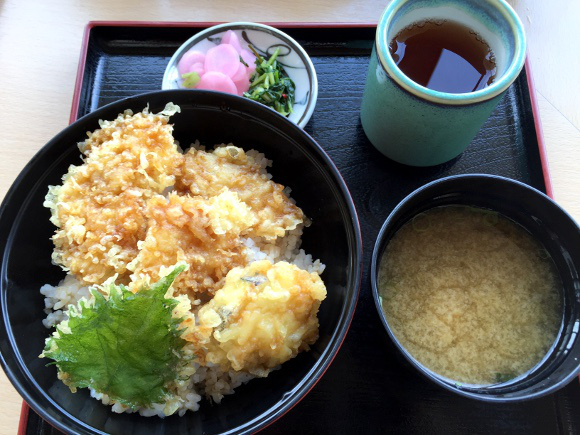
Once upon a time, American black bass were transplanted into Japanese lakes. Years later, they’re invasive and no one eats them. Or do they…
In 1925, someone brought black bass back from the U.S. and put them in Kanagawa Prefecture’s Lake Ashino with thoughts that people would take up bass fishing as a sport. While it did become popular to some degree, the catch-and-release style of fishing allowed the black bass population to flourish and they made their way to lakes all over the country. Years later, the black bass has now been deemed an invasive species, threatening the existence of the native freshwater fish in lakes and ponds around Japan. Oops!
▼ Black bass, over-populating a lake near you!
In an effort to curb the black bass’ rule, the government now insists that people not release their catches and instead, take them home and eat them. What?! Eat black bass?! That’s crazy!
Or so our reporter, P.K. Sanjun, thought when he set out on his mission to Lake Biwa. The common image of black bass in Japanese minds is that they have a muddy smell and are just not a fish that you eat. Period.
Word has gotten around, however, of a restaurant in Shiga Prefecture that has black bass as a normal menu item. Interested, P.K. headed out to the Shiga Prefectural Lake Biwa Museum, inside of which you’ll find Nihon no Umi, the bold restaurant that serves the fish.
If it’s a typical menu item here, it can’t be that bad, right? That wasn’t quite convincing enough to settle P.K.’s nerves, however. Upon reading the menu, he saw it: Tempura Bass Bowl, 880 yen (US$7). With a gulp of nerves he ordered…
▼ It looks pretty good, though…
When it finally came, it seemed pretty normal; it smelled and looked really good, so his appetite started picking up, and he thought, “Really, could it be that it’s actually edible?”
So what was P.K.’s reaction after taking a bite?
▼ “Umaaaaaaiiiiii [Delicious]!!!!
The fish’s white flesh had a refined taste and texture, similar to sea bass or flounder (both popular fish in Japan). It didn’t smell like mud and there was just a moderate amount of oiliness.
P.K.’s verdict wasn’t just, “Yes, it’s edible,” but more like, “I’m going to pick up bass fishing as hobby, so I can eat this all the time!”
Speaking with some of the staff at Nihon no Umi, P.K. learned that while the bass is tasty on its own, they use an original herb salt that enhances the flavor. He also learned that his preconceived notion about bass being smelly wasn’t totally off-target: the skin is often pretty smelly, but the flesh is just white deliciousness.
▼ Smelly skin or not, we want to eat it!
Black bass is by no means a popular food item in Japan, yet, but who knows? If word gets out about how delicious it is, the government may have their wish of total black bass removal in no time!
If you find yourself in the Shiga area, check out Nihon no Umi to try black bass for yourself:
Restaurant information
Nihon no Umi / にほんのうみ
Address: Shiga-ken, Kusatsu-shi, Otoshimo-cho 1091 (inside Shiga Prefectural Lake Biwa Museum)
滋賀県草津市下物町1091番地 滋賀県立琵琶湖博物館内
Open 10:30 a.m.-5 p.m. (food served 11 a.m.-4 p.m.)
Website
Additional information: Japan Times
Top image: RocketNews24
Insert images: RocketNews24, U.S. Fish and Wildlife Service
[ Read in Japanese ]

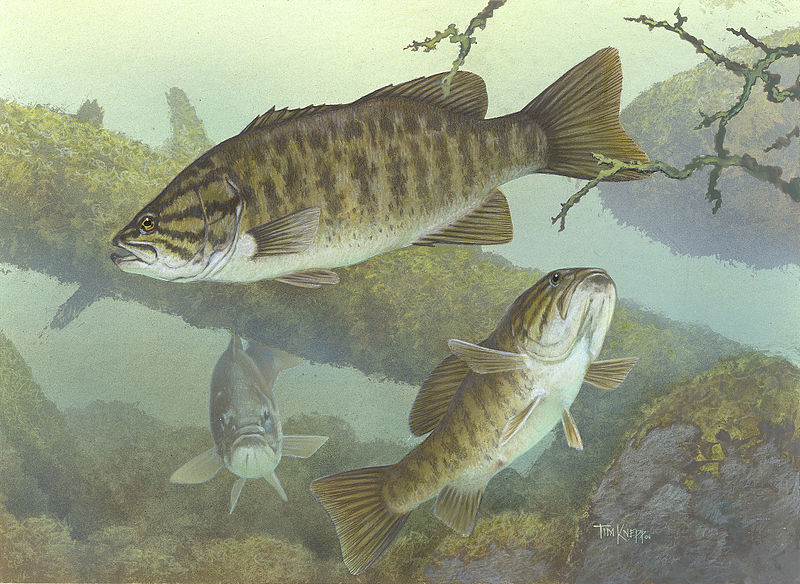
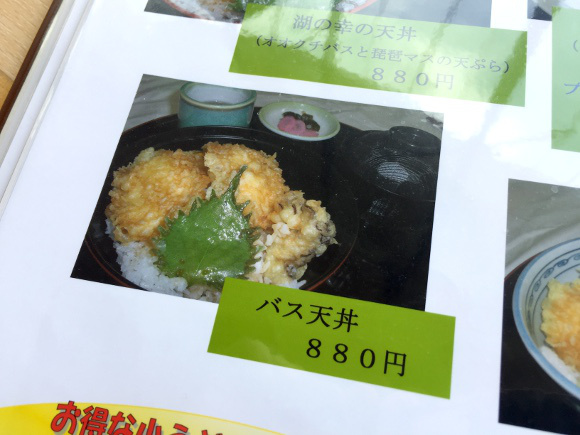
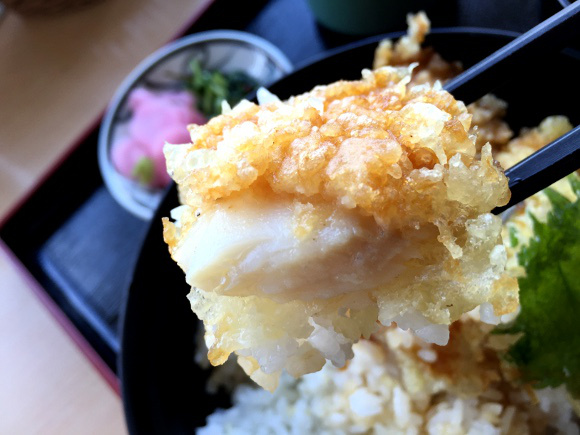
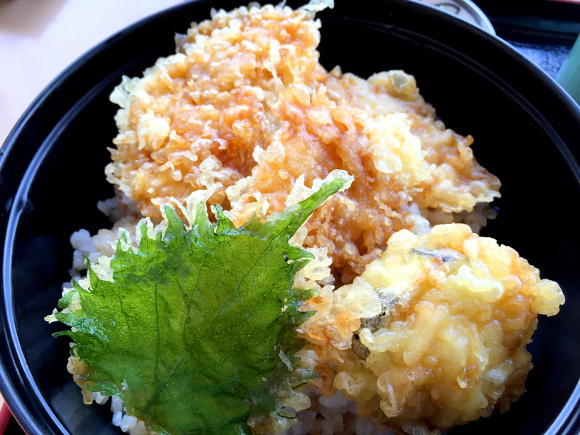
 Smelliest sushi in Japan to become potato chip flavor
Smelliest sushi in Japan to become potato chip flavor Real Buddhist monk shows off hot (and sweet) EDM dance moves in Mount Koya video
Real Buddhist monk shows off hot (and sweet) EDM dance moves in Mount Koya video Japanese second-hand store manager wows YouTube with one-man-band help-wanted ad【Video】
Japanese second-hand store manager wows YouTube with one-man-band help-wanted ad【Video】 Mr. Sato discovers the band of his dreams: this small box
Mr. Sato discovers the band of his dreams: this small box Suitcase with corpse inside washes up on shore of Japan’s largest lake
Suitcase with corpse inside washes up on shore of Japan’s largest lake Japanese ramen restaurants under pressure from new yen banknotes
Japanese ramen restaurants under pressure from new yen banknotes McDonald’s new Happy Meals offer up cute and practical Sanrio lifestyle goods
McDonald’s new Happy Meals offer up cute and practical Sanrio lifestyle goods A trip to hell on Japan’s ‘vomit ship’: Is it as bad as everyone says it is?
A trip to hell on Japan’s ‘vomit ship’: Is it as bad as everyone says it is? Sakura tree falls on man at Sannenzaka near Kiyomizu temple in Kyoto 【Breaking News】
Sakura tree falls on man at Sannenzaka near Kiyomizu temple in Kyoto 【Breaking News】 French Fries Bread in Tokyo’s Shibuya becomes a hit on social media
French Fries Bread in Tokyo’s Shibuya becomes a hit on social media New private rooms on Tokaido Shinkansen change the way we travel from Tokyo to Kyoto
New private rooms on Tokaido Shinkansen change the way we travel from Tokyo to Kyoto Secret Kitchen bento serves Japanese flowers, birds, wind and moon in a box, but is it worth it?
Secret Kitchen bento serves Japanese flowers, birds, wind and moon in a box, but is it worth it?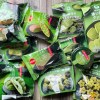 Family Mart makes matcha dreams come true with new lineup of strong green tea sweets in Japan
Family Mart makes matcha dreams come true with new lineup of strong green tea sweets in Japan Japanese company starts project to restore Nakagin Capsules to capsule hotel
Japanese company starts project to restore Nakagin Capsules to capsule hotel Fire away your frustration at ‘404 Not Found’ — Site turns error message into classic arcade game
Fire away your frustration at ‘404 Not Found’ — Site turns error message into classic arcade game All-you-can-drink Starbucks and amazing views part of Tokyo’s new 170 meter-high sky lounge
All-you-can-drink Starbucks and amazing views part of Tokyo’s new 170 meter-high sky lounge More foreign tourists than ever before in history visited Japan last month
More foreign tourists than ever before in history visited Japan last month Starbucks reopens at Shibuya Scramble Crossing with new look and design concept
Starbucks reopens at Shibuya Scramble Crossing with new look and design concept Studio Ghibli releases new action figures featuring Nausicaä of the Valley of the Wind characters
Studio Ghibli releases new action figures featuring Nausicaä of the Valley of the Wind characters Studio Ghibli glasses cases let anime characters keep an eye on your spectacles
Studio Ghibli glasses cases let anime characters keep an eye on your spectacles Is the new Shinkansen Train Desk ticket worth it?
Is the new Shinkansen Train Desk ticket worth it? Beautiful Ghibli sealing wax kits let you create accessories and elegant letter decorations【Pics】
Beautiful Ghibli sealing wax kits let you create accessories and elegant letter decorations【Pics】 Studio Ghibli releases Kiki’s Delivery Service chocolate cake pouches in Japan
Studio Ghibli releases Kiki’s Delivery Service chocolate cake pouches in Japan New definition of “Japanese whiskey” goes into effect to prevent fakes from fooling overseas buyers
New definition of “Japanese whiskey” goes into effect to prevent fakes from fooling overseas buyers Our Japanese reporter visits Costco in the U.S., finds super American and very Japanese things
Our Japanese reporter visits Costco in the U.S., finds super American and very Japanese things Studio Ghibli unveils Mother’s Day gift set that captures the love in My Neighbour Totoro
Studio Ghibli unveils Mother’s Day gift set that captures the love in My Neighbour Totoro Domino’s Japan now sells…pizza ears?
Domino’s Japan now sells…pizza ears? New Japanese KitKat flavour stars Sanrio characters, including Hello Kitty
New Japanese KitKat flavour stars Sanrio characters, including Hello Kitty New Pokémon cakes let you eat your way through Pikachu and all the Eevee evolutions
New Pokémon cakes let you eat your way through Pikachu and all the Eevee evolutions Sales of Japan’s most convenient train ticket/shopping payment cards suspended indefinitely
Sales of Japan’s most convenient train ticket/shopping payment cards suspended indefinitely Sold-out Studio Ghibli desktop humidifiers are back so Totoro can help you through the dry season
Sold-out Studio Ghibli desktop humidifiers are back so Totoro can help you through the dry season Japanese government to make first change to romanization spelling rules since the 1950s
Japanese government to make first change to romanization spelling rules since the 1950s Ghibli founders Toshio Suzuki and Hayao Miyazaki contribute to Japanese whisky Totoro label design
Ghibli founders Toshio Suzuki and Hayao Miyazaki contribute to Japanese whisky Totoro label design Doraemon found buried at sea as scene from 1993 anime becomes real life【Photos】
Doraemon found buried at sea as scene from 1993 anime becomes real life【Photos】 Tokyo’s most famous Starbucks is closed
Tokyo’s most famous Starbucks is closed One Piece characters’ nationalities revealed, but fans have mixed opinions
One Piece characters’ nationalities revealed, but fans have mixed opinions We asked a Uniqlo employee what four things we should buy and their suggestions didn’t disappoint
We asked a Uniqlo employee what four things we should buy and their suggestions didn’t disappoint Princesses, fruits, and blacksmiths: Study reveals the 30 most unusual family names in Japan
Princesses, fruits, and blacksmiths: Study reveals the 30 most unusual family names in Japan Chiitan, the self-injuring otter mascot, to get own animated series
Chiitan, the self-injuring otter mascot, to get own animated series Meet Issie, Japan’s very own Loch Ness Monster
Meet Issie, Japan’s very own Loch Ness Monster Pouches that play the Yobikumi-kun Japanese supermarket jingle on sale now
Pouches that play the Yobikumi-kun Japanese supermarket jingle on sale now Tsukiji alternative – Tokyo has a second fish market, and it turns out it’s awesome too
Tsukiji alternative – Tokyo has a second fish market, and it turns out it’s awesome too Kinki Gyarados! Japan’s central region gets its first Pokémon manhole covers
Kinki Gyarados! Japan’s central region gets its first Pokémon manhole covers Otter mascot character Shinjo-kun kicks butt at Street Fighter tournament in full costume【Video】
Otter mascot character Shinjo-kun kicks butt at Street Fighter tournament in full costume【Video】 Sonus Antiquitatum, Sonata for Two Game Boys in F Minor: Chiptunes for the sophisticate
Sonus Antiquitatum, Sonata for Two Game Boys in F Minor: Chiptunes for the sophisticate Our visit to the coolest Book Off used Japanese book store that we’ve ever seen
Our visit to the coolest Book Off used Japanese book store that we’ve ever seen Japanese TV show about draining ponds becomes surprise hit with viewers
Japanese TV show about draining ponds becomes surprise hit with viewers Capcom Cafe releases menu for limited-time Monster Hunter: Sunbreak cafe
Capcom Cafe releases menu for limited-time Monster Hunter: Sunbreak cafe Are the new shrimp nuggets from McDonald’s Japan better than chicken McNuggets?
Are the new shrimp nuggets from McDonald’s Japan better than chicken McNuggets? A feast for all sushi lovers — the amazing 1,000-yen lunch at Sushi Takehan Wakatsuki!
A feast for all sushi lovers — the amazing 1,000-yen lunch at Sushi Takehan Wakatsuki! Italian jazz pianist unleashes inner Ghibli fanboy, releases anime theme song album
Italian jazz pianist unleashes inner Ghibli fanboy, releases anime theme song album Which Japanese conveyor belt sushi chain has the best salmon sushi?【Taste test】
Which Japanese conveyor belt sushi chain has the best salmon sushi?【Taste test】 Mt. Fuji becomes Studio Ghibli’s Laputa following recent typhoon 【Photos】
Mt. Fuji becomes Studio Ghibli’s Laputa following recent typhoon 【Photos】
Leave a Reply